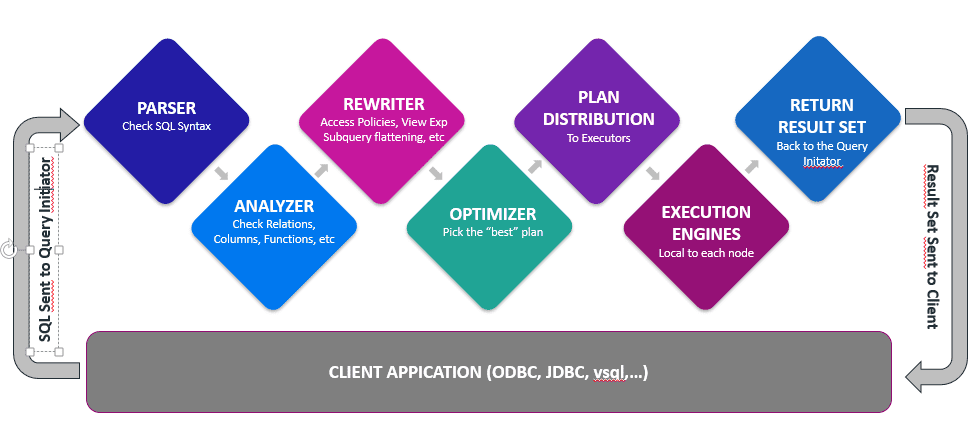When major acquisitions happen, market analysts, competitors, customers, and employees alike are watching closely to determine what’s next.
In fact, employees like me were not terribly nervous when OpenText™ – a long-standing leader in enterprise content management – acquired Dell EMC’s Enterprise Content Division in January 2017. In fact, we assured our customers that OpenText would come through with flying colors. Now, with the release of OpenText™ Documentum 16.4, which extends to our industry-specific offerings for Life Sciences, that confidence has been confirmed.
Documentum for Life Sciences 16.4 represents the investment OpenText has made in Documentum and the Life Sciences industry since the acquisition. We’ve made a strong effort to raise our game with this update, adding more new features and delivering more value than planned before the acquisitions.
Let me first share a few highlights. This latest release improves upon the solution in four key ways:
- Smoothing out the unification of processes by enabling seamless information sharing across domains and external partners
- Supporting the management, tracking, and reconciling of printed documentation to reflect new data integrity guidance
- Providing a dynamic security framework to manage content access that matches changing business needs
- Packaging ICH-compliant rendering, annotations, and reporting for singular accountability from OpenText
That’s a lot of efficiency gains packed into four bullet points. And efficiency is the most important aspect, because in Life Sciences today, there is more pressure than ever to increase productivity, which ultimately results in accelerating time to market.
Seamless information sharing across domains
This advantage is nothing new for OpenText; in fact, Documentum has been helping Life Sciences organizations improve their efficiency for some time. What is new, then? An even more sophisticated architecture with mapping of metadata for live linkage of documentation across domains. Because of the way Documentum for Life Sciences solution suite is architected, all suites in the solution interoperate – a single shared source for accurate, current regulated content.
This is an enormous step forward. Now, instead of exporting digital document sets from one domain to the other, just to share them, and reimport to the next, the processes are unified. Clinical documents that must be included in regulatory submissions are linked to both clinical and regulatory stakeholders. Similarly, relationships are created between quality and regulatory documentation to cover the full product lifecycle. As your product progresses through clinical trial toward commercialization, role-based access enables stakeholders to easily locate the most recent copy to comply with regulations.
In the quality and manufacturing domain, the content set typically includes specifications that carefully establish parameters for drug efficacy and suitability for intended use, testing criteria, process validation, and reports related to investigation, audit, and training. With Documentum for Life Sciences, you can ensure consistency and maintain control over these documents from the moment they are created or enter the content management system. There is much less likelihood that research and development (R&D) data will be misinterpreted, production context left out, or past improvements undocumented.
The overall result? Your organization can make great strides in overcoming the challenge of ensuring completeness, accuracy, and control in accordance with each phase of the drug lifecycle. You can let go of sharing documents the old way and adopt a single shared repository.
Management, tracking, and reconciliation of printed documentation and batch records
Documentum for Life Sciences 16.4 helps you meet new regulatory guidelines with full management, tracking, and reconciliation of printed documentation and batch records. This ensures data integrity and compliance with cGMP found in EMA and FDA guidance for the industry. There are configurable options to allow print restrictions based on status and document type, where each print and reprint will obtain a unique issued print number including electronic signatures to approve and reconcile items.
Restricted content access with dynamic security
The latest version of Documentum for Life Sciences encompasses dynamic security controls to restrict content access to a set of users in accordance with changing business needs. For example:
- M&A activities may require temporary protection of acquired assets including product-related documentation.
- Content for products developed with controlled / toxic substances need to be protected.
- Clinical trials require content-blinding for the whole study or subsets of documents.
- Financially sensitive or confidential documents must be restricted.
- Safety information might require temporary or permanent protection.
With the updated dynamic security framework, out-of-the-box Documentum for Life Sciences provides an open model that can easily be modified to fit your business needs. New access rules can be configured by authorized users and business administrators without IT assistance – another efficiency gain.
Complete accountability from OpenText
Documentum for Life Sciences solutions are built on content management and relied on the third-party technology for ancillary, yet necessary functionality such as annotations, rendering, and reporting. Taking advantage of OpenText’s vast portfolio, Documentum for Life Sciences 16.4 natively integrates with market-leading products to deliver ICH-compliant rendering, annotations, and reporting. As a single vendor, you can count on OpenText to deliver a complete solution with full accountability from end to end.
A major update to reduce total cost of ownership and boost productivity
Nearly every component in this new release has been updated. New tools and options simplify and reduce development and administration costs. Productivity tools help users to be more efficient in working with Documentum and stored content. enable users to access content and participate in associated workflows. Added integrations offer new capabilities to take advantage of OpenText technologies.
Come to Enterprise World to see it for yourself, and register for the OpenText Live webcast to learn more.












